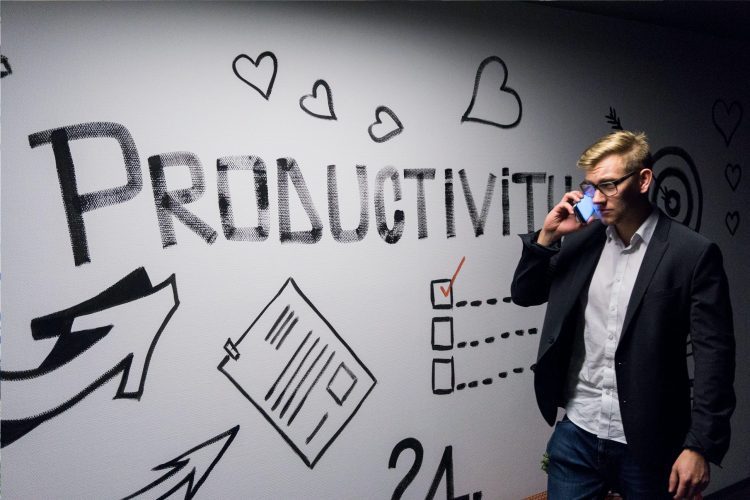 Source: Andreas Klassen on Unsplash
Source: Andreas Klassen on Unsplash
Noise pollution is detrimental to business – high audio quality is vital
12. November 2020 Published by Raphael DoerrThis post about noise pollution and audio quality was published on LinkedIn on August 31 by Ralf Lueb.
“Hello, hello? Can you hear me?”
Whether it’s in the open-plan office, surrounded by loud colleagues, or working from home, where the neighbor has to mow the lawn yet again: Disruptions and excessive background noise affect our efficiency and concentration at work more often than you would think.
As the current global study “Understanding Sound Experiences” by audio specialist EPOS has now discovered, everyday acoustic problems such as interruptions by colleagues or disruptions due to a loud work environment can have a significant impact on the well-being of an entire company.
Anyone who believes that’s not the case should take a look around modern open-plan offices. Barely a colleague without a noise-canceling headset on their ears to listen permanently to their own individual Spotify playlist. It’s not uncommon to even find the kind of ear protection worn by construction workers using jackhammers hanging over the back of a chair. Frequently, that no longer has much to do with availability and dialog – and it’s not unusual for the first answer from a colleague you talk to to be “Sorry, what did you say?”. Up close, yet far away …
The consequences are far-reaching
Initially, problems with the acoustics when making calls certainly don’t appear to most people as obviously detrimental to business. However, if you take a look at the results of the new study mentioned above, then you’ll discover that the average user spends a good five hours and 18 minutes a day on activities that all have to do with audio. In this context, each of these interactions is prone to disruptions, whether virtually or in talking face to face – which sheds a new light on the extent of disruptions that occur.
Every audio user loses a whole 29 minutes of work time per week on this, solely due to poor sound quality in voice calls and external noise.
But it’s not just time lost by their employees that companies have to accept, there are additionally other, often far-reaching consequences for the companies’ direct financial success when there are problems with the acoustics.
After all, it’s only in the best-case scenario that acoustic problems are merely irritating. Far more frequently, they triggered frustration and increased stress for the employees, since many misunderstandings had to be cleared up after meetings both externally and internally. The misunderstandings often led to reduced productivity throughout the company.
Customers, on the other hand, basically complained about the time lost and even a lack of trust toward the company, which gradually had a negative impact on the company’s image.
Risk factors are not to be underestimated
In short: As the study “Understanding Sound Experiences” has now been able to show, there is far more at stake than just the well-being of a person’s own ears when the audio quality is poor.
Negotiations, talks with customers, meetings on urgent, critical decisions – a disruption in the audio transmission can in part provoke angry customer reviews or, in extreme cases, also be partly to blame for the the business relationships being severed completely.
In times of coronavirus, in which the focus on discussions over the phone and handsfree systems has intensified and also shifted to the home office, audio disruptions are emerging as previously underestimated risk factors for a company’s own success, attaching a new relevance to high-quality telephony solutions.
Accordingly, the full range of services offered by modern digital IP telephony should be exploited both in the professional and private sphere. This especially concerns HD Voice. This certified standard offers phone calls with top voice quality, since far more of the natural frequency range of human speech is transmitted than with conventional phones. Combined with filter technology for bothersome background noises, the new digital calls actually seem as close as if you were there in person – and that’s ultimately what’s it about in any communication that cannot take place in person.
 Comments
Comments
 en
en 







